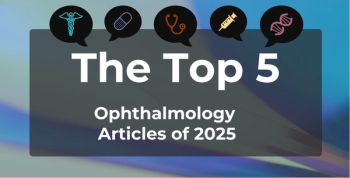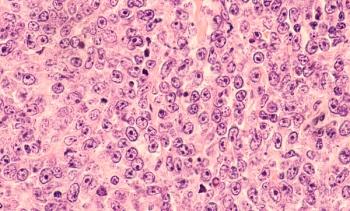
Barriers, Facilitators of Breast, Ovarian Screening Tool Implementation in Community-Based Organizations
Latina women at risk of hereditary breast and ovarian cancer are less likely to be referred for genetic counseling and testing.
The findings of a new qualitative study underscore the need to develop multilevel implementation strategies to overcome barriers and leverage facilitators to improve access to genetic counseling and testing (GCT) for those at risk of hereditary breast and ovarian cancer (HBOC).
The results were published in the
The study can also inform the development of implementation toolkits for community-based organizations (CBOs) to implement HBOC screening tools to advance health equity, authors wrote.
Variants in the BRCA1 and BRCA2 genes are most strongly associated with HBOC, though other variants in additional genes are also linked with a heightened risk of HBOC. Because of this, participation in GCT can yield critical information to inform risk management in women both with and without cancer.
The United States Preventive Services Task Force currently recommends primary care clinicians assess women with a personal or family history of breast, ovarian, tubal, or peritoneal cancer or who have an ancestry associated with BRCA1/2 gene variants with a validated familial risk assessment tool. Those with a positive result should receive genetic counseling and may consider genetic testing, authors explained.
In the United States, CBOs provide health care to a large portion of the medically underserved, who are also more likely to belong to racially and ethnically diverse communities.
“Given the health disparities Latina women encounter in accessing GCT for hereditarycancer risk including lack of referrals, CBOs have the potential to serve as bridges between Latinas at risk for HBOC and GCT services by identifying potentially at-risk women through screening tools,” researchers said.
In the current study, investigators assessed focus groups at 2 academic centers that were partnered with 4 CBOs in the Washington, DC, metropolitan area and Virginia. These centers planned to implement a validated questionnaire for HBOC risk screening. Researchers then analyzed CBOs’ preferences for screening tools, along with barriers and facilitators anticipated for future implementation.
Data showed:
- All CBOs chose the Family History Screen 7 (FHS-7) over prior screening methods and other short screening tools
- Participants (N= 35) highlighted how the FHS-7 was easy to adapt to better fit the target population and changing guidelines
- Participants had positive attitudes toward implementing the screening tool, stressed how the culture of the organization positioned them to reach the target population, and noted barriers in different Consolidated Framework for Implementation Research domains (eg, low knowledge about HBOC and GCT referrals; scarce available resources)
- Participants pointed to barriers related to health equity domains including limited access to GCT and follow-up care for uninsured and underinsured populations, challenges obtaining accurate family history, and immigration-related barriers
- CBOs highlighted the importance of partnering with other stakeholders to overcome barriers
Participants had an average age of around 50 years, and just under half self-identified as Hispanic or Latino. All individuals included worked or volunteered at a CBO that served the Latino community. Participants included nurses, patient navigators, community health workers, health care providers, directors and administrators.
Because the study only included CBOs from the mid-Atlantic region, findings may not be generalizable to other regions, marking a limitation.
“Future studies should expand the number and type of CBOs engaged in research to further examine potential differences and properly tailor implementation strategies based on CBO characteristics,” authors added.
Overall, “community-based organizations are uniquely positioned to connect underserved diverse populations to genetic services due to the long lasting trust, shared culture and language, and commitment to the community” they wrote.
“Findings from this study can inform the development of a HBOC screening needs assessment and an implementation strategies toolkit that could be tailored for different types of CBOs,” researchers concluded.
Reference
Bowen A, Gómez-Trillos S, Curran G, et al. Advancing health equity: a qualitative study assessing barriers and facilitators of implementing hereditary breast and ovarian cancer risk screening tools in community-based organizations. J Genet Couns. Published online March 13, 2023. doi:10.1002/jgc4.1705
Newsletter
Stay ahead of policy, cost, and value—subscribe to AJMC for expert insights at the intersection of clinical care and health economics.








